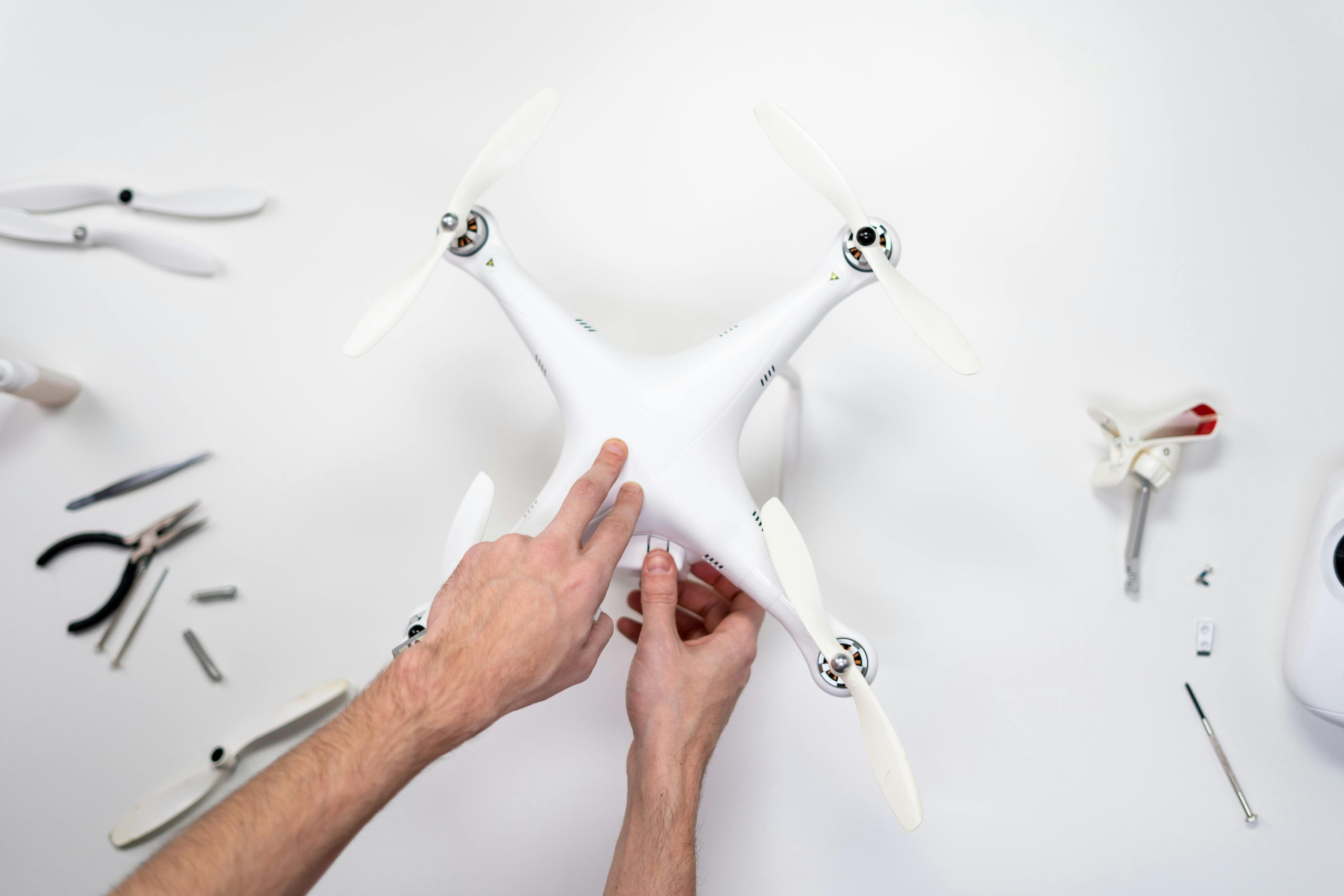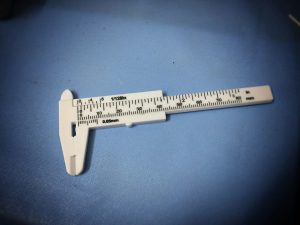Self-Healing Circuits: Electronics That Repair Their Own Faults
The world of electronics is constantly evolving, with new and innovative technologies being developed every day. One such technology that has been making waves in recent years is self-healing circuits. These circuits are unlike any other electronics we have seen before, as they have the ability to repair their own faults without any external intervention. This groundbreaking technology has the potential to revolutionize the electronics industry and pave the way for a more sustainable and efficient future. In this article, we will delve deeper into the world of self-healing circuits and explore how they work, their benefits, and their potential applications.
What are Self-Healing Circuits?
Self-healing circuits, also known as self-repairing circuits, are electronic circuits that can detect and repair faults within themselves. This means that when a fault or damage occurs, the circuit can identify the problem, isolate the damaged area, and repair it, all without any external intervention. This is a major difference from traditional circuits, which require manual repair or replacement when faults occur.
The concept of self-healing circuits may seem like something out of a science fiction movie, but it is actually based on a natural phenomenon called self-healing. This phenomenon is commonly found in living organisms, where cells have the ability to repair themselves when they get damaged. Inspired by this, scientists and engineers have worked towards developing self-healing materials and devices, including self-healing circuits.
How do they Work?
Self-healing circuits typically consist of two main components – a sensor and a microcontroller. The sensor is responsible for detecting any changes or damage within the circuit, while the microcontroller is the brain that processes this information and initiates the repair process. The microcontroller continuously monitors the circuit and is programmed to identify any abnormal behaviors or changes, such as a decrease in voltage or an increase in temperature, which could indicate a fault.
Once a fault is detected, the microcontroller activates a repair mechanism that is integrated into the circuit. This mechanism can take various forms, depending on the type of circuit and its purpose. For example, some self-healing circuits use a conductive liquid that fills in any gaps or breaks in the circuit, while others use microcapsules filled with conductive material that rupture and mend the fault. Regardless of the repair mechanism, the end result is the same – a functioning circuit with no visible damage.
The Benefits of Self-Healing Circuits
The most obvious benefit of self-healing circuits is their ability to repair themselves, which can lead to a significant reduction in maintenance costs and downtime. This is especially beneficial in industries where electronics are used in harsh environments, such as aerospace, automotive, and military. Self-healing circuits can also improve the longevity and reliability of electronics, as they can continuously repair themselves, extending their lifespan.
Another benefit of self-healing circuits is their potential to reduce electronic waste. With traditional circuits, any damage or faults would result in the entire circuit being discarded and replaced, contributing to the growing problem of electronic waste. Self-healing circuits, on the other hand, can repair themselves, reducing the need for replacements and ultimately helping to create a more sustainable environment.
Potential Applications of Self-Healing Circuits
The potential applications of self-healing circuits are vast, and they can be used in various industries and products. In the automotive industry, self-healing circuits can be integrated into sensors, wires, and other components, improving the reliability and performance of vehicles. In the aerospace industry, self-healing circuits can be used in satellites and spacecraft to withstand the harsh conditions of space. They can also be used in consumer electronics, such as smartphones and laptops, to improve their durability and longevity.
Self-healing circuits also hold great promise in the medical field. They can be used in bio-electronic devices, such as pacemakers and other implantable medical devices, to continuously monitor their functionality and repair any faults that may occur. This could potentially save lives, as manual repairs in such devices can be risky and time-consuming.
In Conclusion
Self-healing circuits are a revolutionary technology that has the potential to transform the electronics industry. Their ability to repair themselves without any external intervention can lead to cost savings, increased durability, and a reduction in electronic waste. With ongoing advancements in this technology, we can only imagine the endless possibilities and applications that self-healing circuits can bring in the future.











